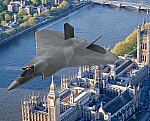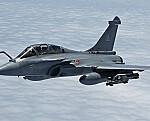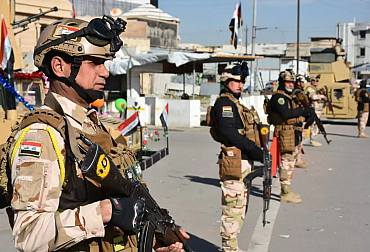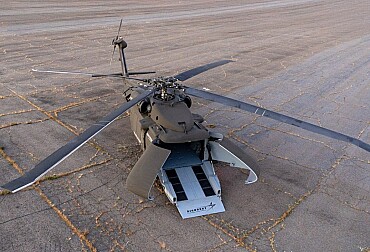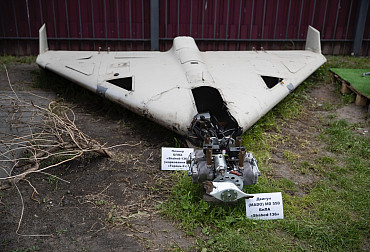Hydraulic failure and design flaw led to B-2 Bomber crash
A catastrophic hydraulic system failure, exacerbated by a design flaw and an initial firefighting misstep, caused a B-2 Spirit stealth bomber to crash-land in December 2022, resulting in a ferocious fire and the aircraft's eventual retirement. The details of the incident were revealed in an accident investigation report recently released by the Air Force.
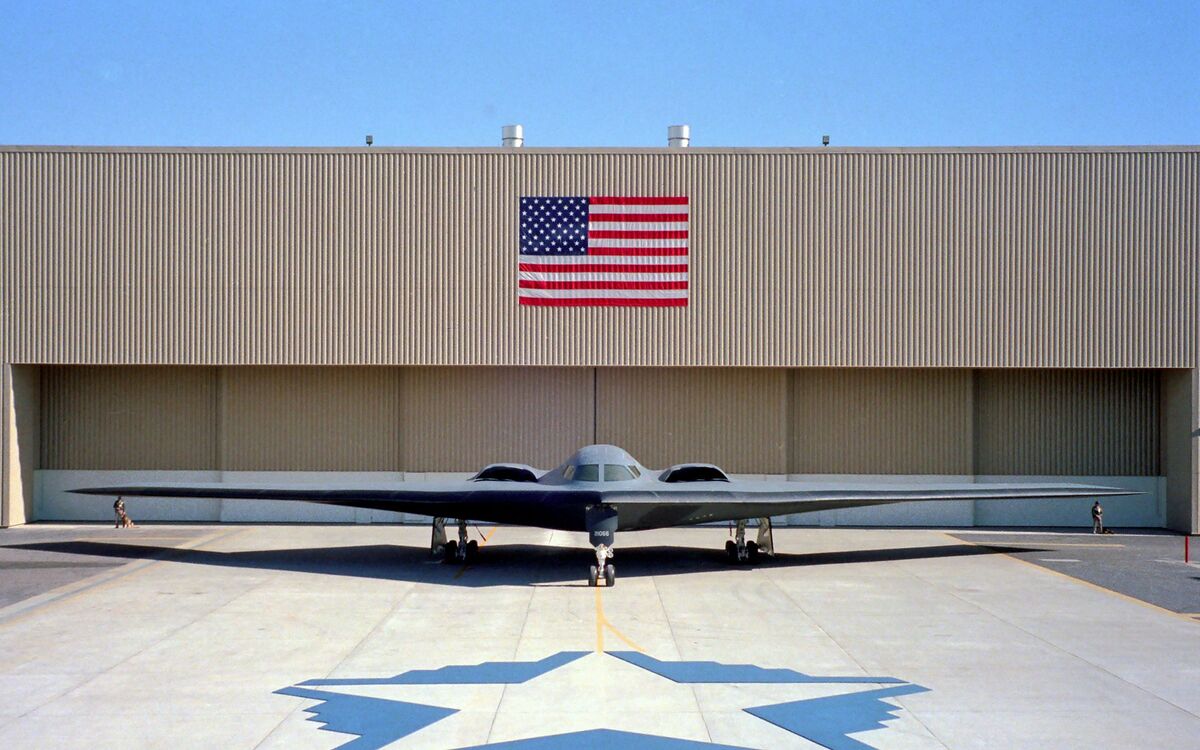
The B-2, known as the "Spirit of Hawaii" and assigned to the 509th Bomb Wing at Whiteman Air Force Base, Missouri, had taken off on the morning of December 10, 2022, and was returning to base without incident. As the bomber approached Whiteman's runway, its pilot initiated the landing gear extension sequence. While all three landing gear doors began to unlock normally, a critical valve coupling within the right landing gear's system failed. This led to a rapid and severe loss of hydraulic fluid and pressure in the main hydraulic system.
Warning lights immediately illuminated in the cockpit, and the bomber's onboard computer attempted to compensate by switching to a backup system. However, the backup system also began rapidly losing fluid and pressure, causing the computer to repeatedly cycle between the primary and backup systems in a desperate attempt to fully deploy the right landing gear. The pilot eventually executed an emergency landing gear extension, which successfully lowered the right landing gear.
The aircrew promptly alerted the Whiteman tower to their in-flight emergency due to hydraulic failure and their need to land. Base controllers quickly initiated preparations for a crash situation, mobilizing firefighters, ambulance services, and other rescue personnel.
Disastrous Touchdown and Blaze
The bomber touched down shortly before 2:30 p.m., but the ordeal was far from over. Upon impact, the left landing gear failed to remain locked in position and collapsed under the aircraft's immense weight. Realizing the right landing gear was aloft and the plane was dragging severely to the left, the main pilot took decisive action, attempting to pull the rudder hard to the right and, as the report detailed, "st[ood] up out of [the] seat to give it everything [he] had on the right brake" in an effort to keep the bomber on the runway.
Despite the pilot's heroic efforts, the plane's left wing dragged for thousands of feet along the runway. The unforgiving concrete surface shredded the left wingtip, causing a fuel tank to rupture and immediately igniting a fire. The B-2 finally came to a halt nearly a mile beyond the point of initial landing gear collapse, leaving a trail of flaming fuel in its wake. Fortunately, both pilots remained uninjured and safely exited the aircraft without needing to eject.
Firefighting Challenges and Explosions
Compounding the disaster, the incident commander responding to the crash initially ordered firefighters to use only water to combat the blaze, mistakenly believing that specialized fire suppressant foam should be reserved as a last resort. This critical decision allowed the flames to spread unchecked. After approximately three and a half minutes, the commander finally authorized the use of foam, which is significantly more effective at suppressing flammable liquid fires than water.
Once the external fire was somewhat suppressed, but not fully extinguished, firefighters cautiously began to approach the aircraft to address internal fires with hand-held water hoses. However, at approximately 3:00 p.m., roughly 30 minutes after the bomber's touchdown, a fuel tank within the plane’s left wing violently exploded, forcing trucks to re-engage the fire with suppressant foam.
Ten minutes later, as firefighters again attempted to get closer, a second fuel tank on the bomber’s left side detonated in an even larger explosion. This powerful blast hurtled a six-foot wide section of aircraft skin into the air, narrowly missing firefighters and scattering debris across the crash site. Ironically, this second explosion also helped expose the internal fire, finally allowing firefighters to directly spray water onto the flames. The fire was completely extinguished about one hour after the crash and initial eruption of flames.
Investigation Findings and Costly Loss
The investigation board concluded that the primary cause of the crash was the failure of a hydraulic coupling valve. Furthermore, a significant design flaw in the B-2’s main landing gear was identified as a substantial contributing factor. The incident commander’s initial decision to withhold fire suppressant foam was also faulted, as it allowed the fire to intensify and cause more extensive damage to the aircraft.
The crash incurred approximately $27,500 in damage to the runway. However, the damage to the aircraft itself was astronomical, with the left wing and landing gear sustaining over $300 million in damage. Given the extensive repairs required, the Air Force ultimately determined that the plane was too severely damaged to justify repair and made the decision to retire it.
Each B-2 Spirit bomber cost the Air Force approximately $1.2 billion when they entered service in the 1990s. With this loss, the Air Force now operates a fleet of 19 remaining B-2s, which are currently slated for retirement in the early 2030s.



